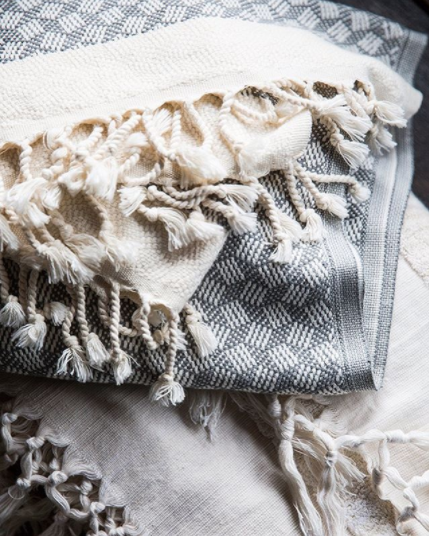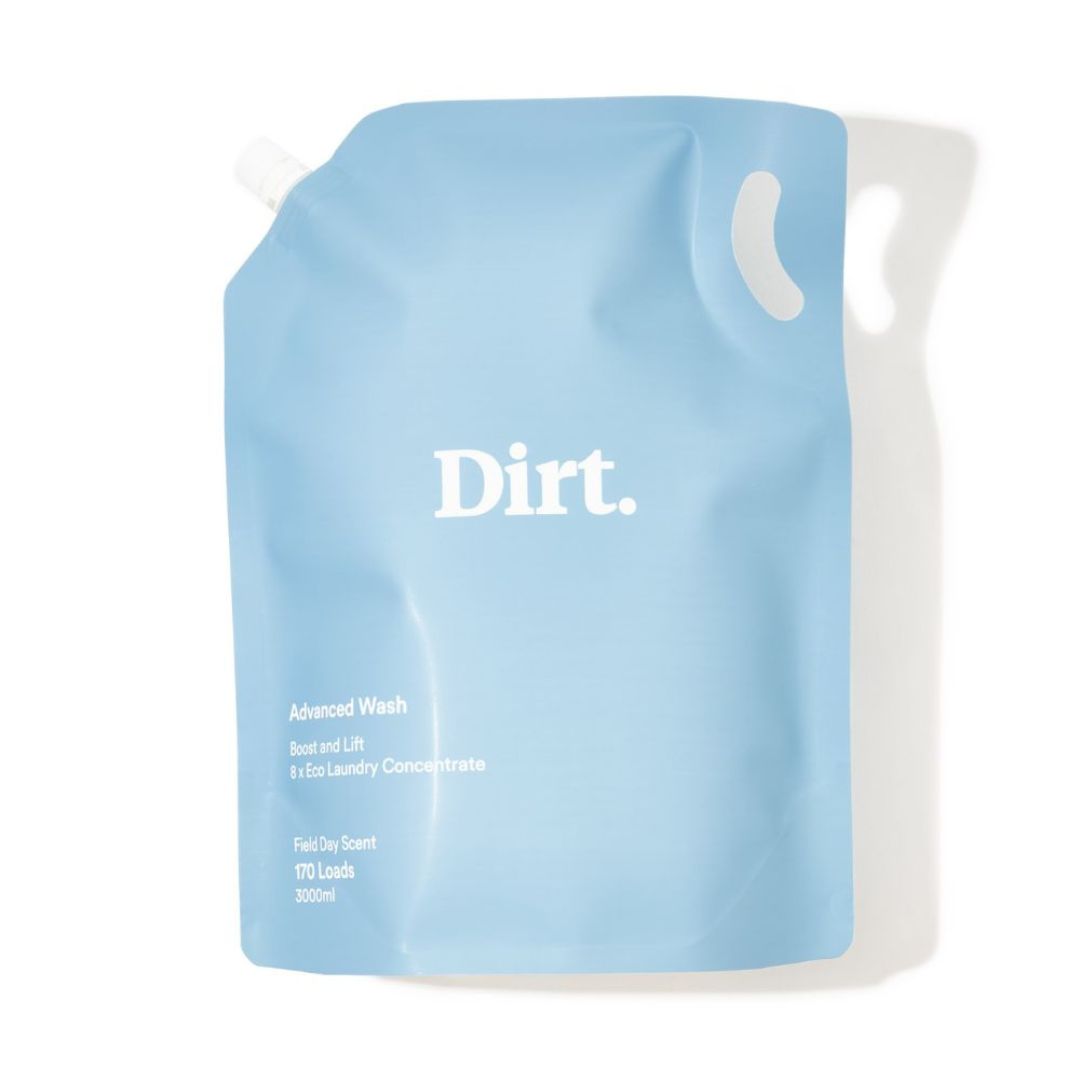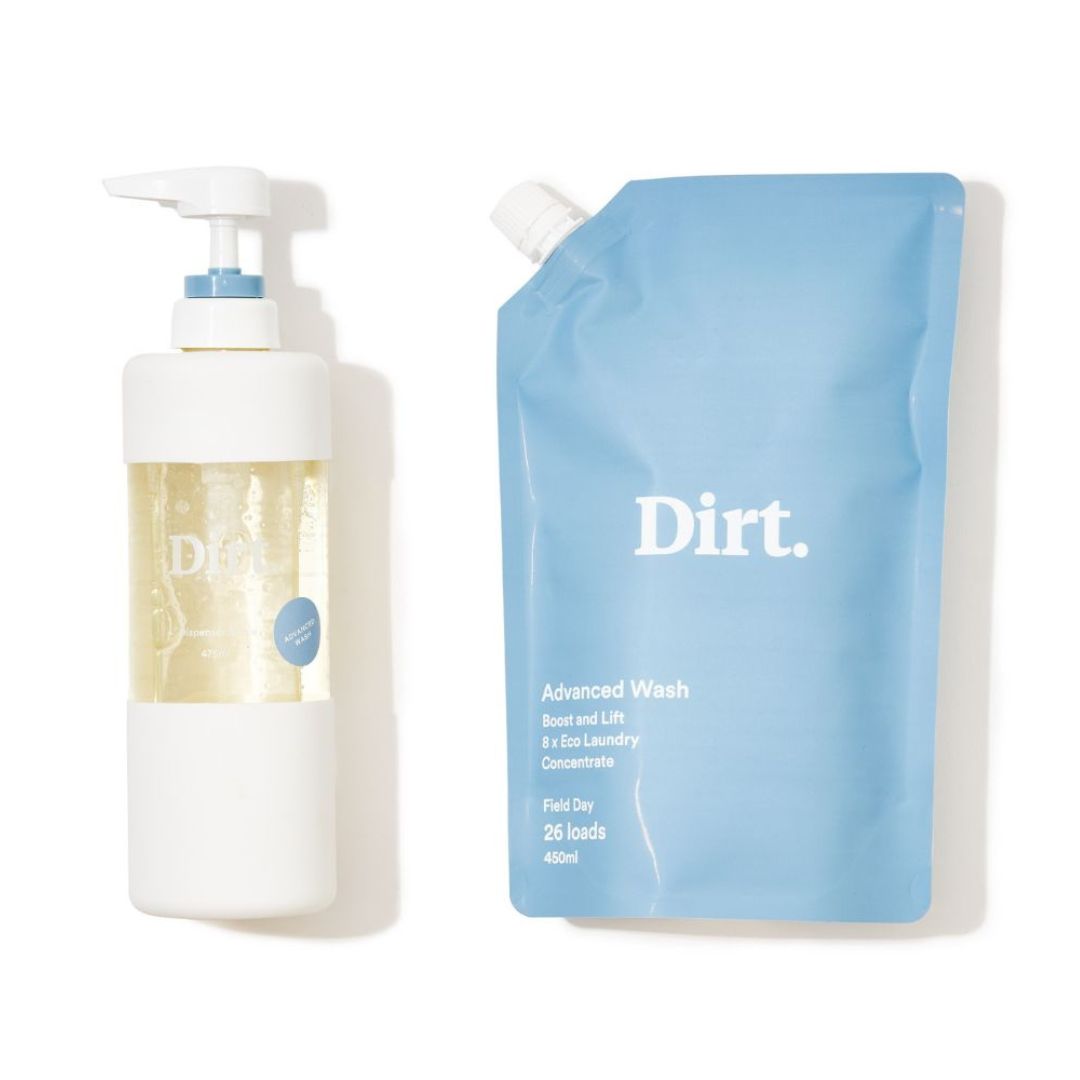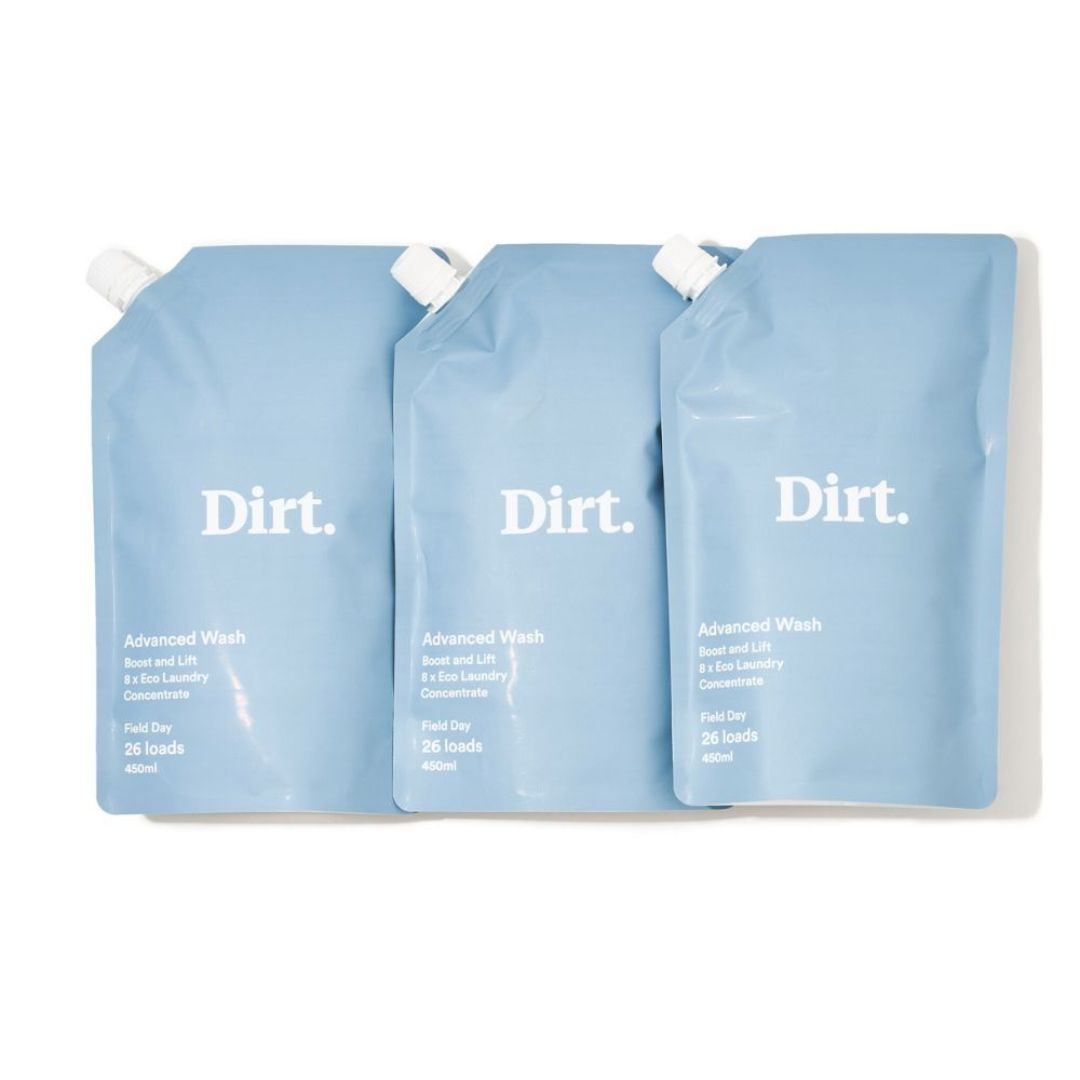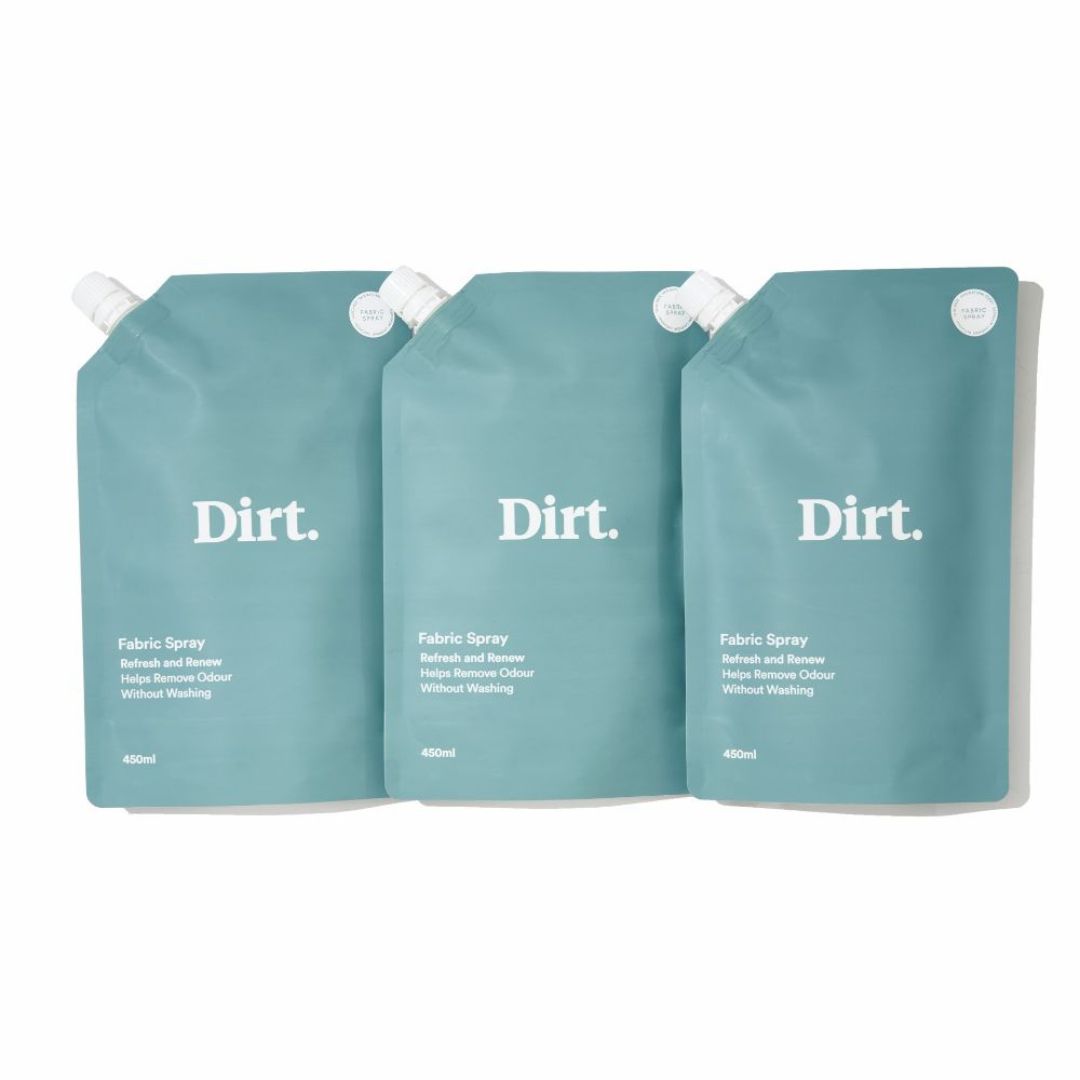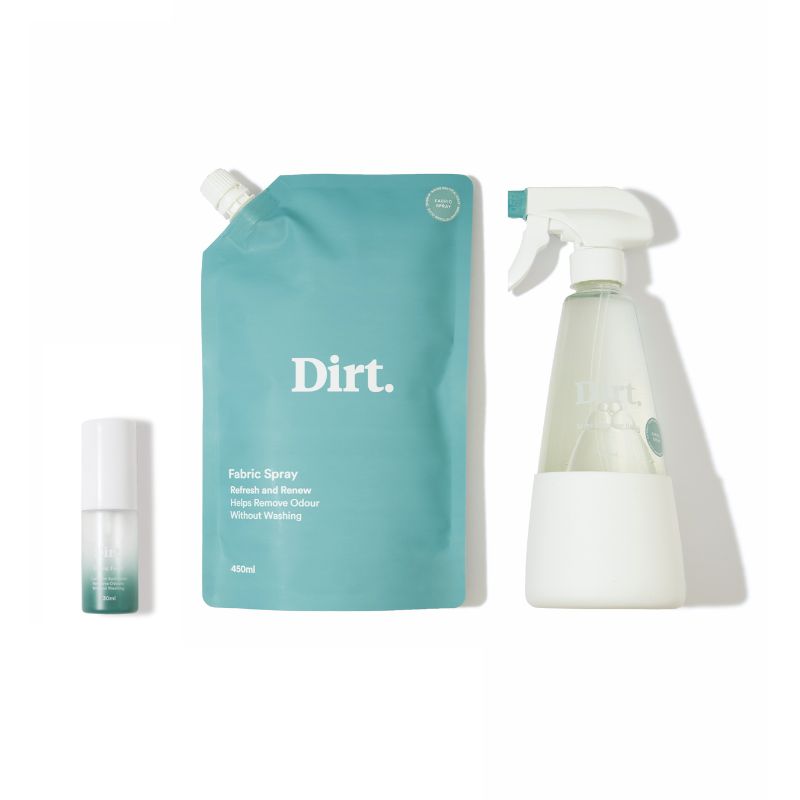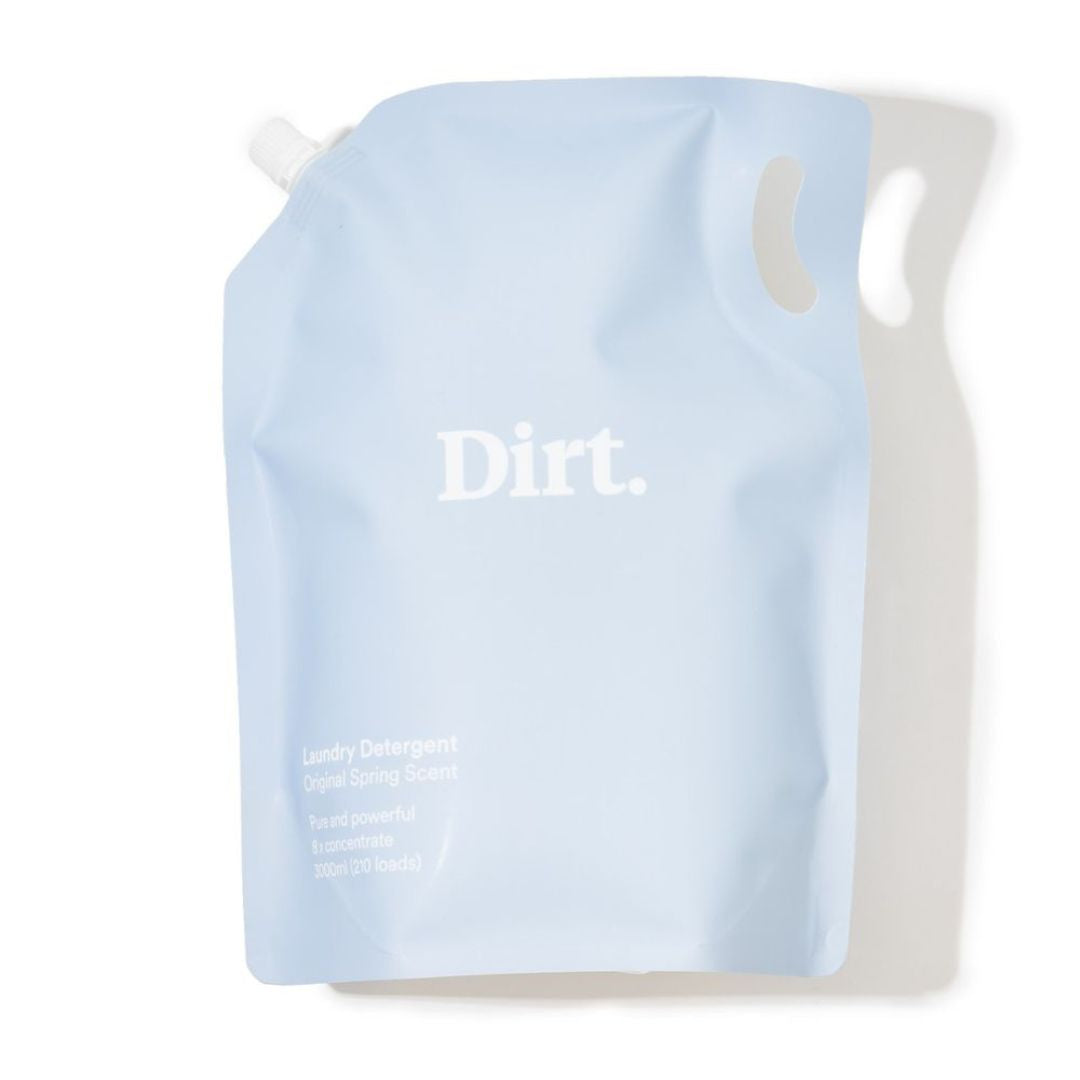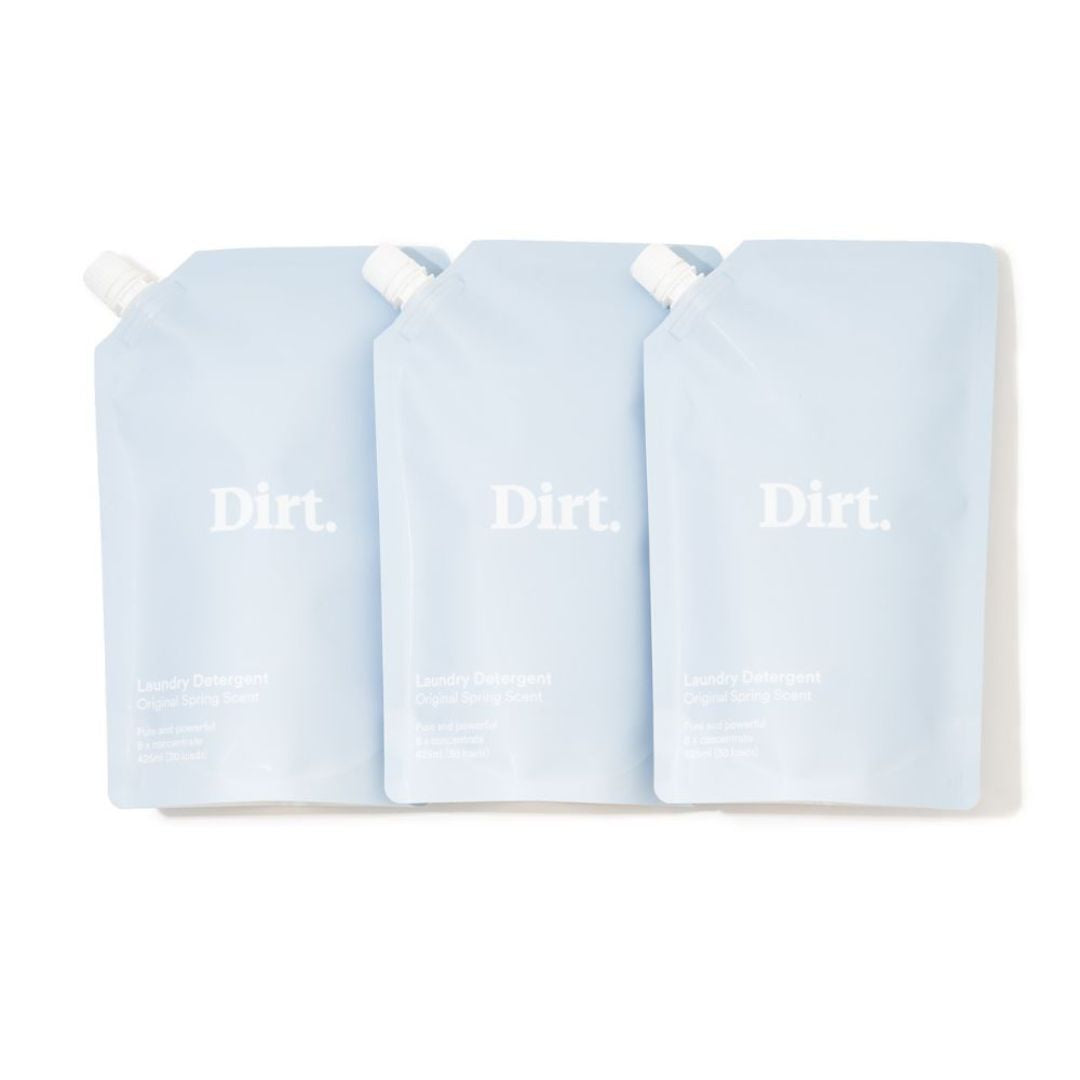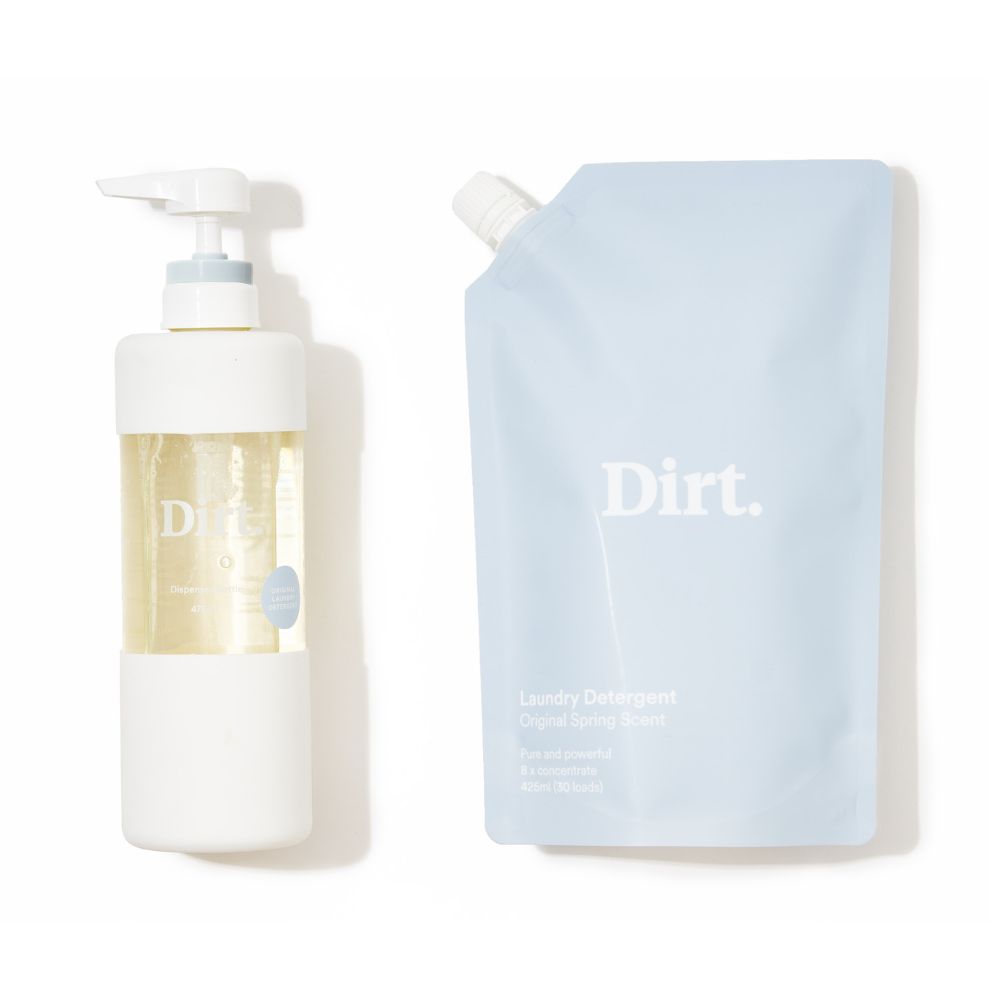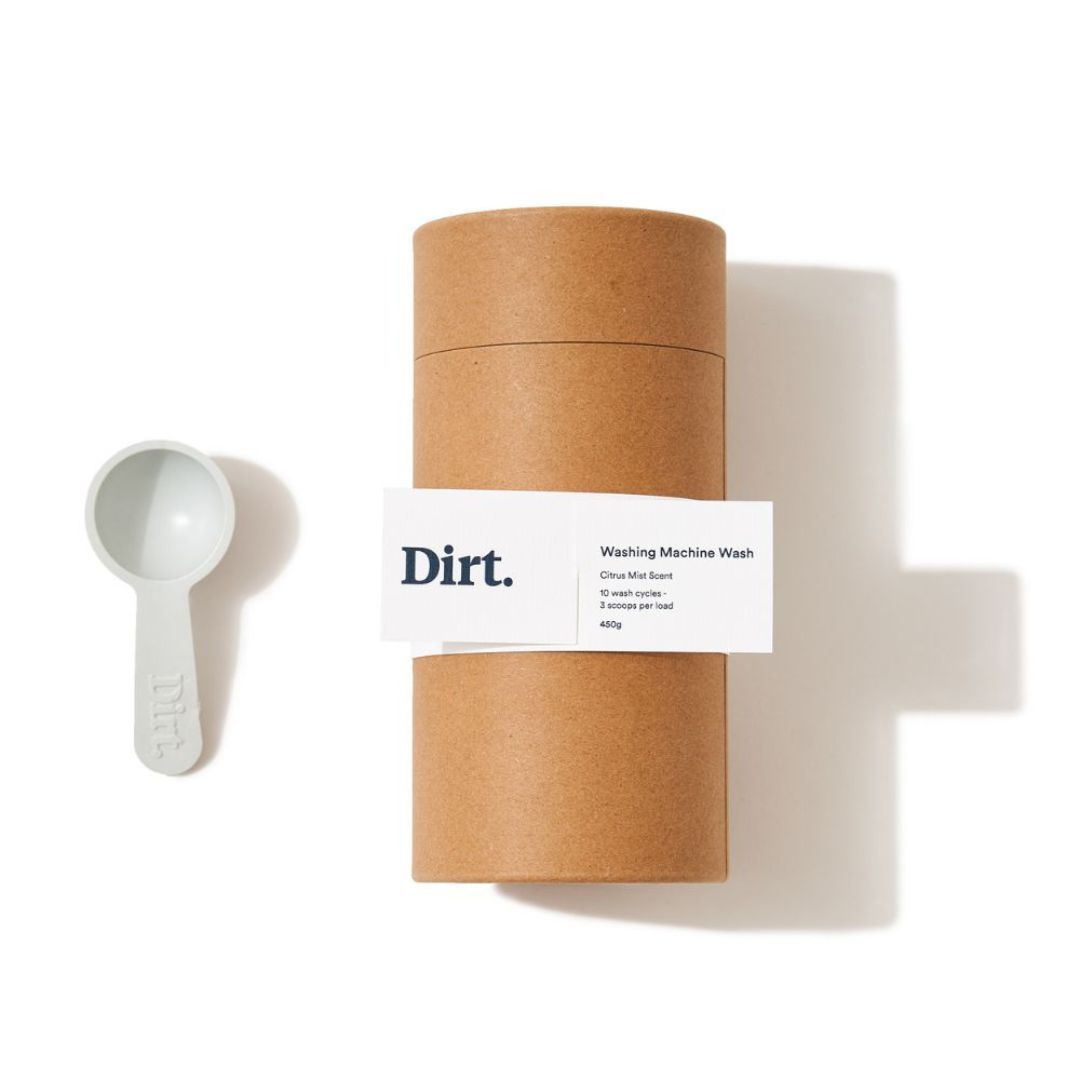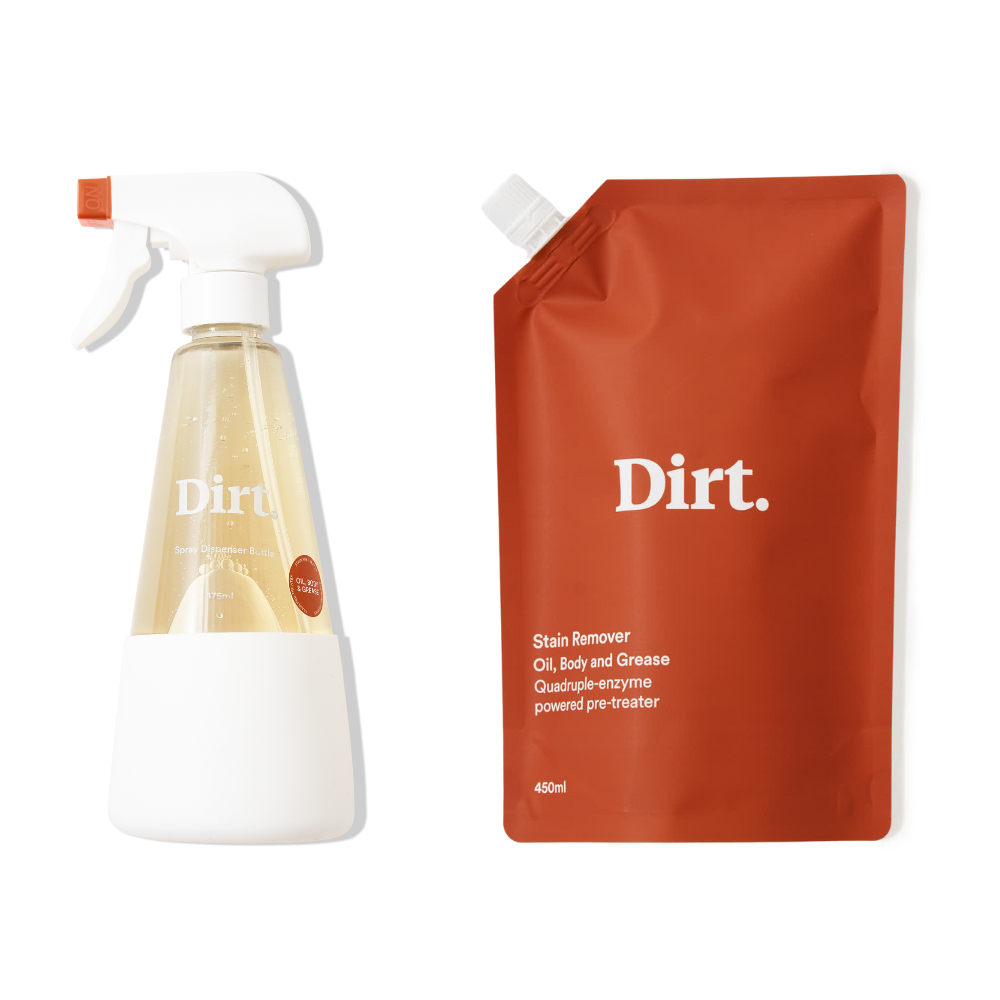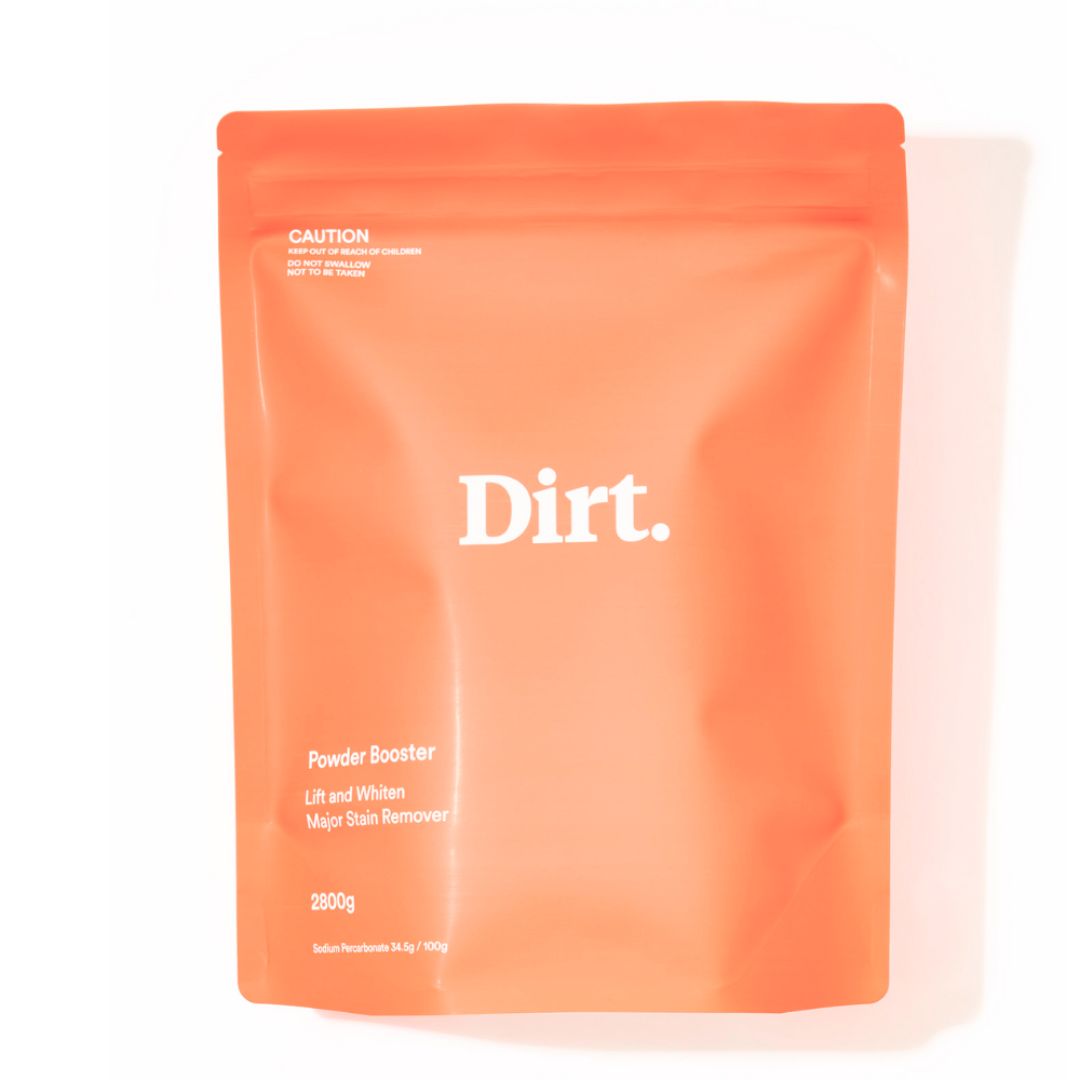As the title suggests, we're going to talk about something a bit yuck. Musty towels.
Even if not in your own home, thinking about it now, you can probably conjure up the exact musty scent we're talking about.
It's caused by the growth of mould and bacteria in the towel fibre. Once it begins to grow, it can manifest fairly quickly.
There are three ways mould growth can be triggered.
1. Letting your towel stay damp. This can be hard to avoid if you live in a cold or exceptionally humid house, or if you have kids who are insistent on leaving their towel on the bedroom floor. But it's the 101 on this problem, you have to keep your towels dry.
2. Using fabric softener. Shocker this one, but fabric softener works by creating a thin 'film' on the fabric, giving the towel a 'soft' feel. This film layer makes the towel less absorbent, while also trapping in the moisture that does make it to the other side of thelayer. The irony is not lost on us in the case of fabric softener.
3. A dirty washing machine. Mould and bacteria can also grow in your washing machine. Sometimes it's obvious, you can see discolouration in the rubber water seal. Sometimes, it's much deeper in your machine. Most machines have a cleaning cycle, so the good news is you can basically set and forget if that's your problem.
Once you've eliminated the cause, you're probably going to want to treat the symptoms. Here's how. BLAST THEM. With heat.
High (and freezing) temperatures are a great defence against bacteria and mould growth (cue fridge and freezer). Bacteria thrives within a range of 4-60 degrees, in can DOUBLE every 20 minutes within this range.
You might need to do this two or three times to completely get rid of the bacteria. Make sure you dry the towels immediately after washing - or the remaining bacteria might stand a chance. We don't love mouldy bacteria that stands a chance.

